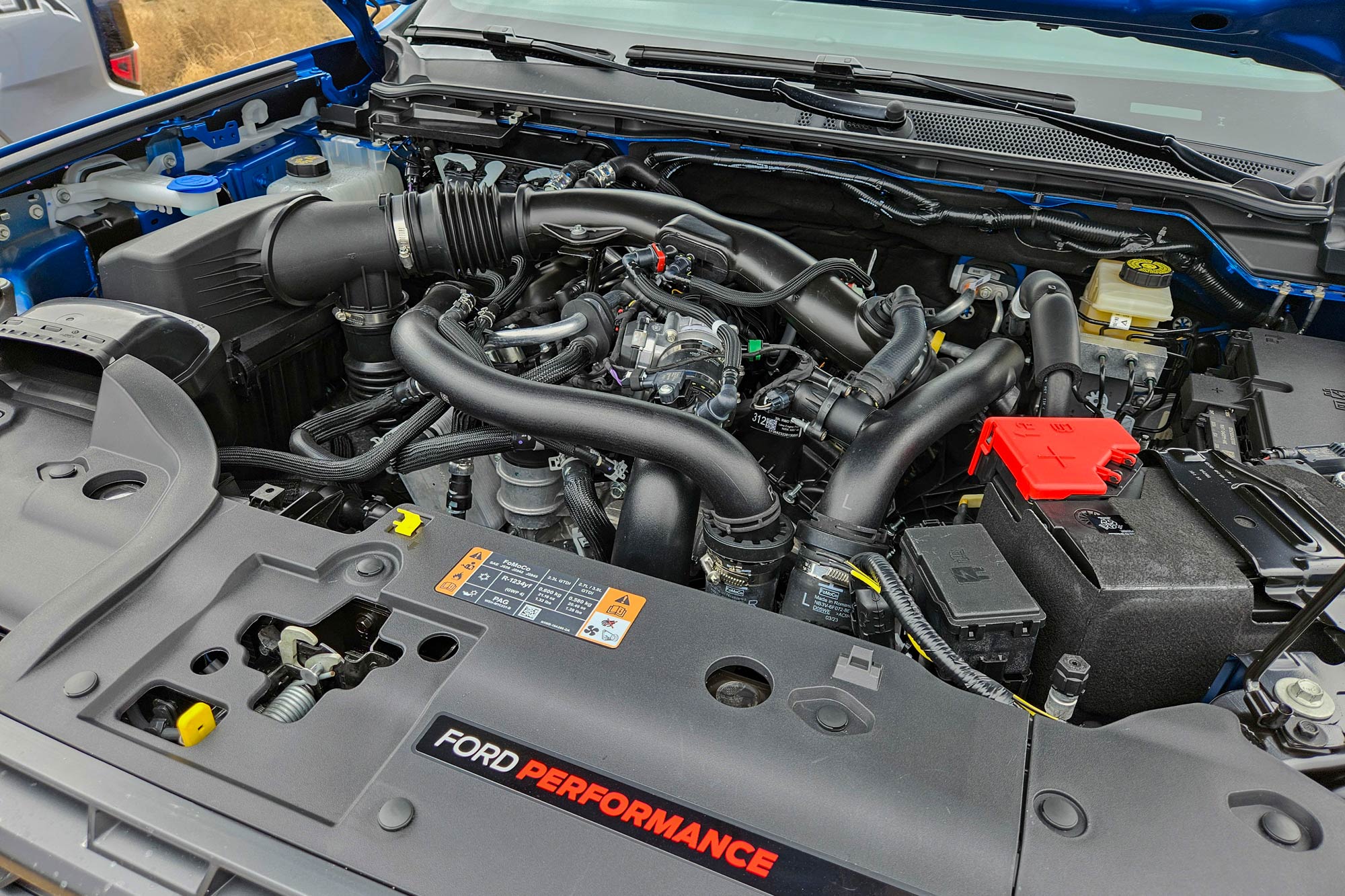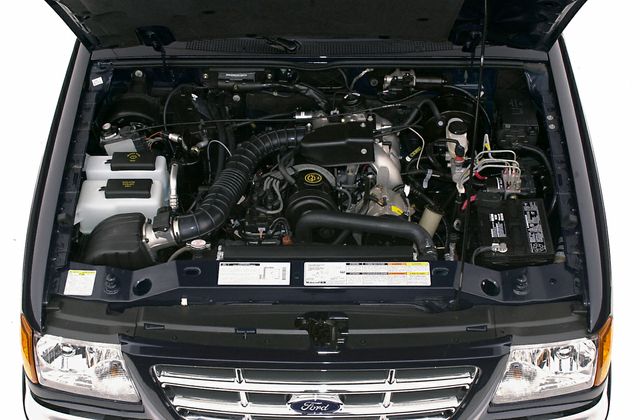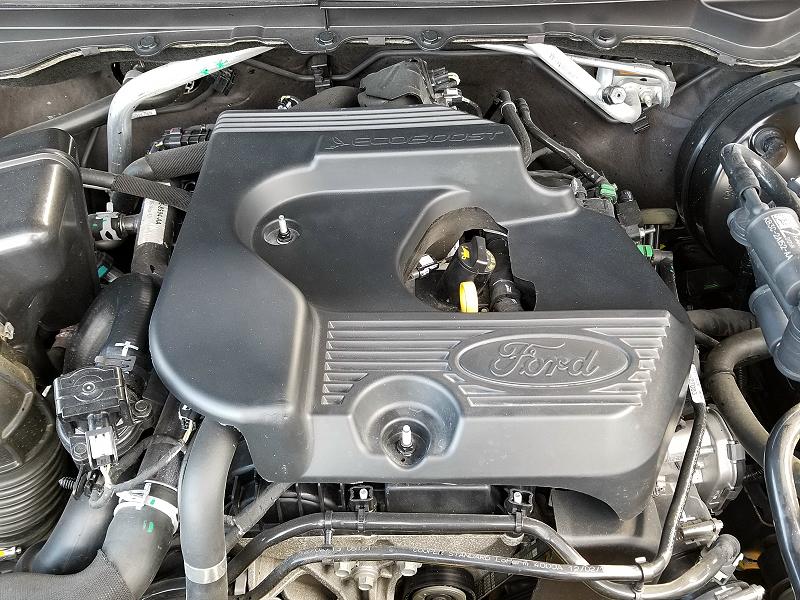Get to Know the Power and Reliability of the 2.2 Ford Ranger Engine for Any Job
Get to Know the Power and Reliability of the 2.2 Ford Ranger Engine for Any Job
Blog Article
Comprehending the Basics of Auto Engines: Kinds, Features, and Features

Overview of Cars And Truck Engines
An automobile engine works as the heart of an automobile, transforming fuel right into mechanical power to drive it ahead. This complex system makes up different parts that operate in unison to make sure optimum efficiency and effectiveness. The basic procedure of an automobile engine includes the interior burning procedure, wherein fuel and air are mixed, ignited, and gotten rid of to develop power.
The engine's layout can considerably affect its performance, gas performance, and emissions. Secret elements include the cyndrical tube block, pistons, crankshaft, and camshaft, each playing a crucial role in the engine's overall function. The cylinder block houses the cyndrical tubes where burning happens, while the pistons convert the explosive power from burning right into direct movement. This activity is after that transformed right into rotational power by the crankshaft, making it possible for the vehicle's wheels to turn.
Along with these elements, engines typically use various systems such as gas injection, ignition, and cooling systems to enhance efficiency and durability. Comprehending the standard mechanics of auto engines is important for executing and diagnosing concerns upkeep, ultimately adding to the automobile's integrity and efficiency with time.

Kinds Of Automobile Engines
Vehicle engines can be categorized right into several kinds based on their design, fuel type, and functional concepts. 2.2 ford ranger engine. The most usual groups consist of internal burning engines (ICE), electrical engines, and crossbreed engines
Interior burning engines, which can be additional separated right into gasoline and diesel motor, operate by igniting a fuel-air blend to create power. Gasoline engines are normally lighter and smoother, while diesel engines are much more fuel-efficient and offer higher torque.
Electric engines make use of electrical power stored in batteries to power an electric motor, giving immediate torque and no discharges during procedure. As modern technology advances, electrical cars (EVs) are progressively ending up being preferred for their environmental advantages and lower running costs.
Crossbreed engines combine components of both inner burning and electrical engines, enabling flexible power resources and improved gas performance. They can operate in various settings, making use of either the gas engine, the electrical motor, or both simultaneously.
Each type of engine has distinctive benefits and drawbacks, influencing their application in different car kinds and market sections, from small vehicles to sturdy trucks. Understanding these kinds is crucial for making notified choices concerning car selection and efficiency assumptions.
Engine Features Explained
Recognizing engine features is critical for comprehending how vehicles operate effectively. At the core of any kind of inner combustion engine exists the basic process of converting gas right into mechanical energy. This procedure begins with the consumption stroke, where air and gas are attracted right into the burning chamber. Following this, the compression stroke presses the air-fuel mixture, boosting its temperature and pressure.
The ignition takes place following, firing up the mix and creating a rapid development of gases. This force drives the piston down during the power stroke, which ultimately translates into the rotational movement pop over to these guys of the crankshaft. The exhaust stroke after that gets rid of the invested gases from the chamber, making method for a new cycle to commence.
In enhancement to these key features, engines additionally incorporate systems that take care of cooling and lubrication, guaranteeing optimum operational temperatures and lowering friction in between relocating parts. This intricate interplay of features makes it possible for the engine to produce the power essential for automobile propulsion while maintaining efficiency and reliability. Comprehending these functions gives important insight into the intricacies of automotive design and boosts the capability to detect and resolve engine-related problems effectively.
Secret Engine Features
Engine style includes a number of vital attributes that considerably influence sturdiness, performance, and efficiency. Among the most essential elements is the engine configuration, which includes inline, V-type, and flat layouts. Each configuration influences the engine's power, size, and equilibrium result, thereby impacting overall automobile dynamics.
Another vital attribute is the engine variation, describing the overall quantity of all cylinders. Bigger variations commonly produce even more power but may compromise fuel efficiency. Engine materials additionally play a pivotal duty; lightweight and high-strength materials, such as aluminum and magnesium alloys, improve performance without including extreme weight.
The sort of gas injection system used-- such as straight or multi-port shot-- affects combustion efficiency and discharges. Turbocharging and turbo charging are features that enhance engine performance by forcing additional air right into the burning chamber, raising power result without substantially boosting engine dimension.
Finally, the visibility of sophisticated engine administration systems maximizes fuel-air combination and ignition timing, adding to smoother operation and better fuel economic climate. Collectively, these features specify an engine's capacities, establishing the structure for its performance and long life in a competitive automobile landscape.
Maintenance Tips for Engines
Correct engine Clicking Here upkeep is vital for ensuring optimal performance and longevity, as overlooking regular treatment can cause significant concerns down the line. To preserve your engine efficiently, begin with normal oil modifications, typically every 3,000 to 7,500 miles, depending upon the kind of oil utilized. Fresh oil lubricates engine components, decreasing friction and wear.
In addition, keeping an eye on coolant levels is crucial to avoid getting too hot. Make sure that the coolant is covered up and remains in good problem to preserve efficient temperature law. On a regular basis check and replace air and gas filters, as clogged up filters can hinder air movement and gas shipment, jeopardizing engine performance.
Furthermore, focus on ignition system and ignition systems. Worn or faulty stimulate plugs can bring about misfiring and minimized performance. Examining the battery terminals and connections for deterioration is also necessary, as a weak battery can impact engine beginning.

Conclusion
In summary, a detailed understanding of vehicle engines encompasses different types, functions, and essential functions that substantially influence lorry performance. Inner burning engines, together with hybrid and electric choices, show diverse mechanisms for power conversion. 2.2 ford ranger engine. Identifying the vital functions, such as consumption have a peek at this site and exhaust cycles, along with vital engine attributes like arrangement and gas shot systems, outfits car proprietors with the expertise necessary for efficient maintenance and operation, eventually improving car longevity and effectiveness
A cars and truck engine serves as the heart of a car, transforming gas right into mechanical energy to thrust it ahead. The fundamental procedure of a car engine includes the inner burning process, where gas and air are mixed, stired up, and eliminated to produce power.
Consistently replace and inspect air and fuel filters, as blocked filters can hinder air movement and gas delivery, compromising engine performance. - 2.2 ford ranger engine
In recap, a detailed understanding of vehicle engines incorporates various types, features, and key attributes that considerably influence car performance. Acknowledging the vital functions, such as consumption and exhaust cycles, alongside vital engine attributes like arrangement and fuel injection systems, equips vehicle proprietors with the knowledge needed for efficient upkeep and procedure, eventually boosting automobile durability and efficiency.
Report this page